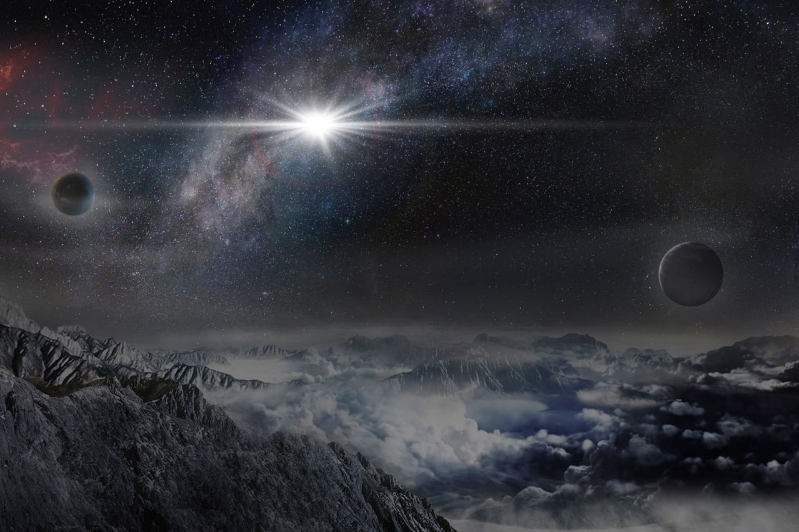
Astronomers using different telescopes around the globe have discovered the brightest supernova in the universe. The object ASASSN-15lh pushes the limits of science. The bright object flared up in the sky on June last year. Now, researchers are observing the cosmic event to understand the nature of our universe.
Supernova happens when a star explodes, emitting loads of supercharged stellar materials around the surrounding worlds. Depending on the type of explosion, different heavy elements, such as gold and other precious metals, are forged in these powerful blasts, creating other stars and planets. Understanding the composition and behavior of supernova are important to understand how the galaxies were made.
In the case of ASASSN-15lh, it seems that scientists have to revise current theories of the universe. The supernova is 200 times as powerful as the average supernova and 20 times as bright as all the stars in our Milky Way galaxy. Not only that, the cosmic explosion is 570 billion times brighter than our sun.
Scientists are puzzled because the cosmic explosion exhibits high luminosity, but it only spans 10 miles across. Using All Sky Automated Survey for SuperNovae (ASAS-SN), researchers located the supernova at 3.8 billion light-years away from Earth.
Furthermore, it is interesting to note that during the first four months of supernova's discovery, it emitted radiation energy that would take 90 billion years for our sun to produce.
In a published statement in Washington Post, lead author of the study Subo Dong said, the discovery "proves very challenging for one of the most popular models for the engine of superluminous supernova - the magnetar model - to explain." Dong is an astronomer at the Kavli Institute for Astronomy and Astrophysics at Peking University.
ASASSN-15lh is very unusual. Researchers will continue to observe it in the hopes of findings its identity. It could turn out to be an entirely new phenomenon. Vital clues are expected come out as the explosion fades out.
Understanding the ASASSN-15lh phenomenon can help scientists understand why the universe looks like it does today.
Know more about latest findings in our universe at Thursday's issue of journal Science.
For future studies, the ASAS-SN team is hoping this discovery will help boost the project to its next phase: adding another small telescope to effectively double their coverage of the entire visible sky to seek out more supernovae.







